Sustainable Materials Management Tools
On this page:
- Why is Measurement Important?
- SMM Prioritization Tools
- Waste Reduction Model (WARM)
- Tools for Preventing and Diverting Wasted Food
- Assessment Tools for the Built Environment
- Assessment Tools for Electronics Stewardship
- ENERGY STAR Portfolio Manager
- Reuse and Recycling Opportunities for Demolition
- Tribal Green Building Toolkit
- Recycling Infrastructure and Market Opportunities Map
Why is Measurement Important?
Sustainable materials management (SMM) is a systemic approach to using and reusing materials more productively over their entire life cycles. By looking at a product's life cycle, we can find new opportunities to reduce environmental impacts, conserve resources and reduce costs. In order to understand where opportunities to improvement exist, we must measure a product’s production, use, and entrance into the waste management stream. Using tools which estimate environmental impact and economic benefits, users can determine the best practice for their specific scenario. This information is extremely useful to businesses looking to decrease environmental impact and operating costs, policymakers aiming to decrease trash going to landfills, or even private citizens who want to live a greener lifestyle. These complex systems can be simplified to more easily understood terms, and what can be accurately measured, can be improved preserving environmental resources through economically beneficial activities.
SMM Prioritization Tools

The Sustainable Materials Management Prioritization Tools (SMM Prioritization Tools) are life cycle-based tools to help users identify potential opportunities for environmental improvement in the production and consumption of goods and services. These tools can serve as a starting place to help prioritize actions, focus limited human and financial resources to achieve greater overall environmental benefit and consider key industries for collaboration.
Waste Reduction Model (WARM)

EPA created the Waste Reduction Model (WARM) to help solid waste planners and organizations track and voluntarily report greenhouse gas (GHG) emissions reductions from several different waste management practices. WARM calculates and totals GHG emissions of baseline and alternative waste management practices—source reduction, recycling, anaerobic digestion, combustion, composting and landfilling.
Tools for Preventing and Diverting Wasted Food

The first step in reducing wasted food is to measure it. By using EPA's wasted food assessment tools, food service establishments can save money, reduce environmental impacts, support efforts to eliminate hunger, increase tax benefits, and more. EPA provides a variety of wasted food assessment tools to suit a food service establishment's unique circumstances.
Assessment Tools for the Built Environment
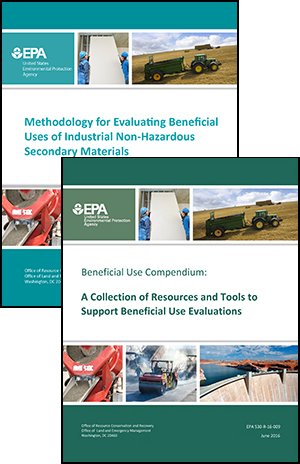
- Sustainable Management of Industrial Non-Hazardous Secondary Materials
- Organizations Working to Reduce the Disposal of Construction and Demolition (C&D) Materials
Assessment Tools for Electronics Stewardship
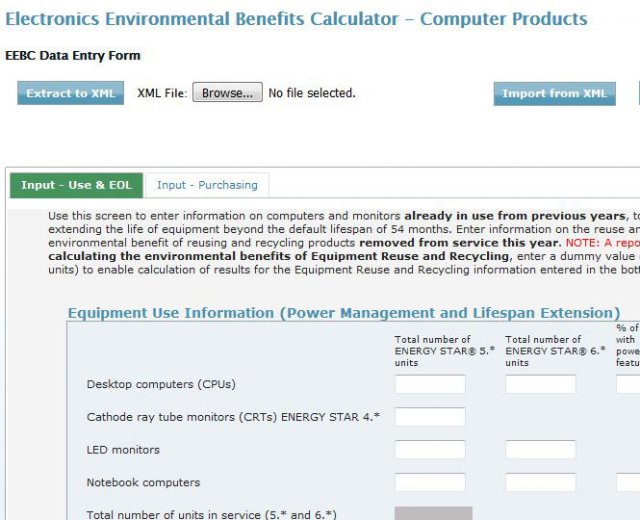
An important part of Electronics Stewardship is assessment. Both the Electronics Environmental Benefits Calculator and the Electronic Product Environmental Assessment Tool estimate the environmental benefits of electronics purchasing, use and disposal.
ENERGY STAR Portfolio Manager
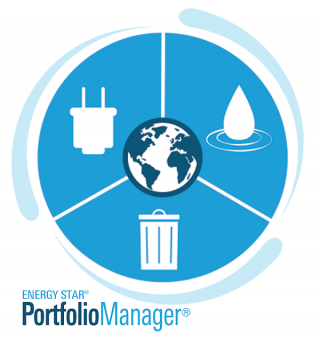
Reuse and Recycling Opportunities and Demolition
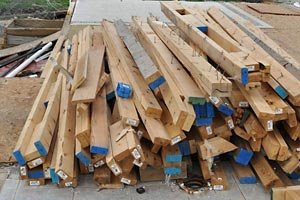
It is important to consider deconstruction, reuse and recycling during pre-demolition planning. Careful identification of any harmful materials present will help ensure safe reuse and recycling. Deconstruction and recycling firms must be in compliance with state and federal requirements, including any licensing or registration regulations.
Tribal Green Building Toolkit
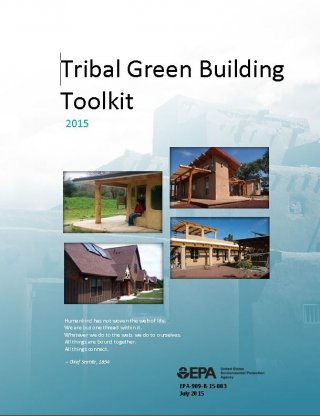
Recycling Infrastructure and Market Opportunities Map
EPA created an interactive map of recycling markets that highlights existing infrastructure, per capita generation and recycling of post-consumer material, and other relevant market factors. This map uncovers opportunities for recycling infrastructure investment and recycling market development by visually presenting data estimates from all phases of the recycling process, including generation, collection, sortation, and end use.
